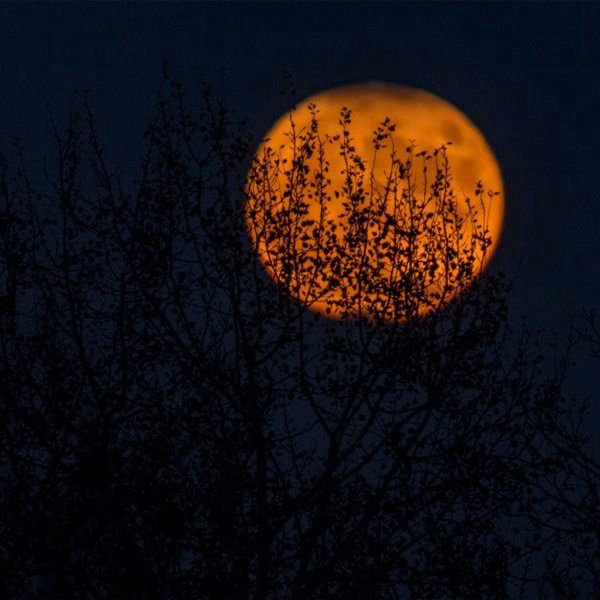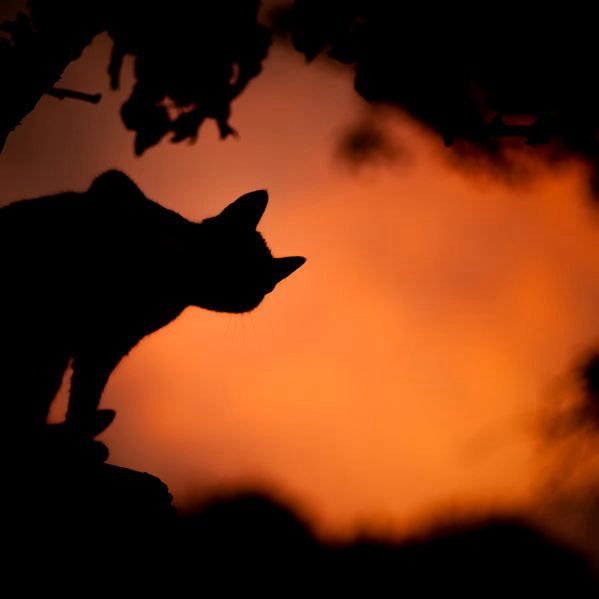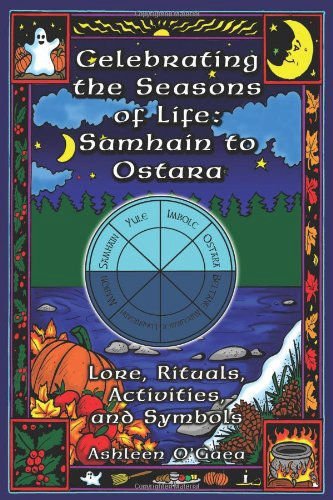
Growing seasons in the North were shorter than those in the British Isles, where the final harvests of grain and other crops were finished by Samhain, lest anything left in the fields freeze as the last warm days of October hardened into November’s frost. Winter rains could make fields impassable with mud; once the snow started falling, families could be farm-bound for weeks on end. It was imperative to make the harvest safe by the end of Summer.
Indeed, many Wiccans understand “Samhain” (almost universally pronounced saw-win) to come from two Gaelic words, sam and fuin, which mean “end of Summer.” [One source for this etymology is Jean Markale’s The Pagan Mysteries of Halloween: Celebrating the Dark Half of the Year (Inner Traditions International, 2001). Markale’s a specialist in Celtic studies at the Sorbonne, and I believe his scholarship is reliable.] Janet and Stewart Farrar, in A Witches Bible Compleat (Magickal Childe, 1984) tell us that, in Irish Gaelic, “Samhain” is the name of the month of November, and “Samhuin” is Scottish Gaelic for All Hallows, celebrated on the first of November.


